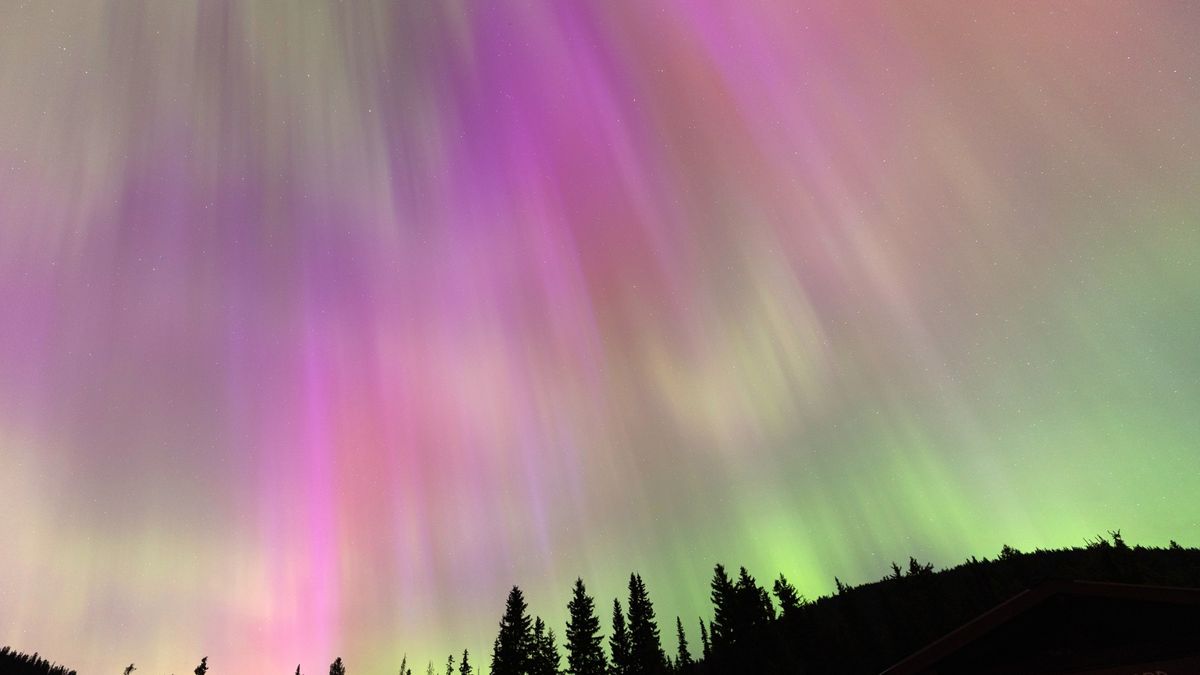Northern Lights Unveiled: First Hyperspectral Image Reveals True Colours of Aurora Borealis

For centuries, humans have marvelled at the Aurora Borealis, the captivating celestial display of dancing lights that grace the night sky over Earth's northern hemisphere. While countless photos capture the ethereal beauty of these auroras, a new, cutting-edge instrument has revealed them in a dazzlingly detailed rainbow of colours, offering unprecedented insights into this celestial phenomenon.
The National Institute for Fusion Science (NIFS) in Japan has developed the Hyperspectral Camera (HySCAI), a highly sensitive instrument installed at the Kiruna Esrange Optical Platform Site (KEOPS) in Kiruna, Sweden. This groundbreaking camera has produced the first-ever hyperspectral images of the aurora, providing a level of detail never before seen.
Hyperspectral imaging involves capturing an image and breaking it down by wavelength, effectively separating the light into its constituent colours. This allows researchers to delve deep into the auroral emissions, analysing the energy of incoming electrons that trigger the aurora and create specific colours. Unlike other forms of auroral imaging, which are filtered by wavelength, hyperspectral imaging provides a comprehensive and highly detailed overview.
HySCAI's capabilities are set to revolutionise auroral research, allowing scientists to address key questions regarding the distribution of precipitating electrons, their connection to auroral colour, and the mechanisms behind auroral emissions. These insights are crucial for understanding the complex interplay between the Sun and Earth's magnetosphere.
The technology behind HySCAI is rooted in the research conducted at NIFS on the Large Helical Device (LHD), the world's largest superconducting plasma device. The team developed various imaging systems to study the light emitted from plasma within a magnetic field, focusing on energy transport and atomic and molecular emission. This expertise was instrumental in creating the advanced imaging capabilities of HySCAI.
The aurora is a consequence of charged particles from the Sun, carried within the solar wind, colliding with Earth's magnetic field and upper atmosphere. These interactions energise oxygen and nitrogen particles, which then release this energy as light at specific wavelengths, creating the iconic auroral displays.
By meticulously analysing the different wavelengths captured by HySCAI, researchers can identify the specific elements and molecules present in the upper atmosphere, providing a unique window into the composition of this region. This opens up exciting possibilities for atmospheric studies, further enhancing our understanding of Earth's environment.
The development of HySCAI, which took five years from conception to installation, marks a significant milestone in auroral research. The instrument, operational since September 2023, is already yielding valuable data, with the team publishing its initial findings in the journal "Earth, Planets and Space."
HySCAI is poised to become a key instrument for scientists worldwide, enabling them to delve deeper into the secrets of the aurora and uncover new insights into the intricate relationship between Earth and the Sun. The first-ever hyperspectral image of the aurora is just the beginning of a fascinating journey of discovery.





